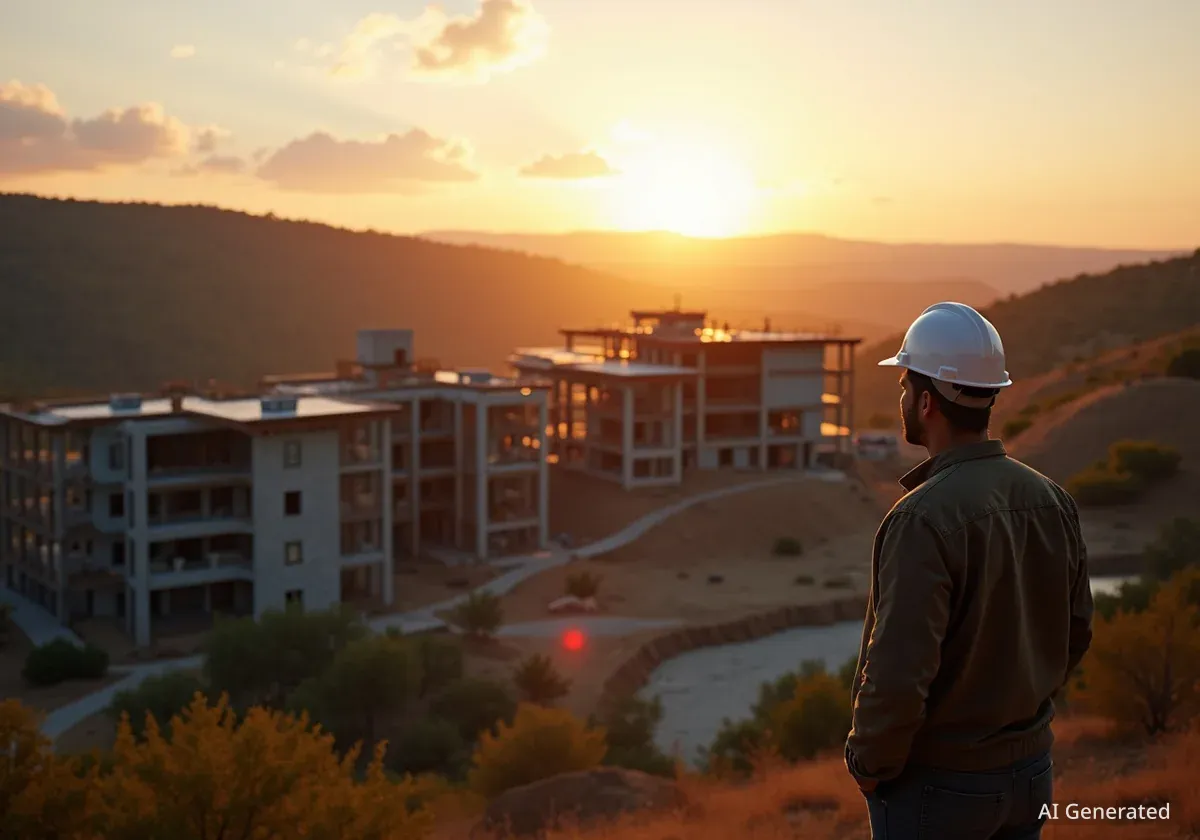The San Diego County Department of Environmental Health and Quality (DEHQ) has reopened several beaches in the south county area after recent tests confirmed that water quality now meets state health standards. The announcement, made on Saturday, October 12, 2025, lifts closures and advisories for popular locations including parts of Imperial Beach and Coronado.
Despite the positive developments, health officials caution that a significant shoreline closure remains in effect from the International Border northward due to ongoing sewage contamination. Additionally, water contact advisories are still active for several other beaches where bacteria levels exceed safe limits.
Key Takeaways
- Several south San Diego County beaches, including areas in Imperial Beach and Coronado, have been reopened for public use.
- The reopenings follow water sample tests showing that bacteria levels now meet California's public health standards.
- A major closure continues for the shoreline from the International Border to south of Seacoast Drive due to sewage contamination.
- Health advisories persist for other locations, including La Jolla Children's Pool and La Jolla Cove, where bacteria levels remain high.
Improvements in Water Quality Prompt Reopenings
Health officials gave the green light for beachgoers to return to the water at several previously restricted locations. The decision was based on a series of water quality samples that showed a reduction in contaminants to levels considered safe for recreational activities.
The reopening lifts a full closure that was in place for the south end of Seacoast Drive in Imperial Beach, once again allowing swimming and other water contact. This area had been off-limits due to poor water quality that posed a potential health risk.
Specific Advisories Lifted
In addition to lifting the Seacoast Drive closure, the DEHQ also removed water quality advisories for four other popular spots. An advisory is a warning issued when bacteria levels are high, but a full closure is not deemed necessary.
The locations where advisories have been lifted include:
- Cortez Avenue in Imperial Beach
- The Imperial Beach Pier area
- Coronado's North Beach
- Glorietta Bay in Coronado
The removal of these advisories indicates that recent environmental conditions or containment measures have successfully improved the water quality in these specific zones.
Understanding Beach Advisories vs. Closures
A beach advisory is issued when bacterial levels in the water exceed state standards, suggesting a potential health risk. A beach closure is more severe and is ordered when there is a known sewage spill or contamination that poses a direct and significant threat to public health. Swimming is strictly prohibited during a closure.
Persistent Contamination Keeps Major Shoreline Closed
While some areas have improved, a critical stretch of coastline remains closed to the public. According to the DEHQ, the entire ocean shoreline from the International Border north to the area just south of Seacoast Drive in Imperial Beach is still unsafe for water contact.
This long-standing closure is a direct result of sewage-contaminated water flowing from the Tijuana River. This cross-border pollution has been a persistent environmental and public health challenge for the region for decades. Officials have stated this section will not reopen until comprehensive testing confirms it is safe.
"The public is advised to avoid water contact as the water is impacted by sewage and may cause illness," the DEHQ reiterated in its public notice.
The health risks associated with swimming in sewage-contaminated water include gastrointestinal illness, skin rashes, infections, and other serious health conditions. The closure is strictly enforced to prevent public exposure to these pathogens.
Cross-Border Pollution Impact
The Tijuana River Valley is a significant source of pollution affecting San Diego's southern coastline. During periods of rain, and sometimes even in dry weather, untreated sewage, industrial waste, and trash from Tijuana flow north across the border and into the Pacific Ocean, leading to frequent and prolonged beach closures, particularly in Imperial Beach.
Other San Diego Beaches Remain Under Advisory
Beyond the major closure in the south, health officials are maintaining water contact advisories for three other well-known locations in San Diego County due to elevated bacteria levels.
Beachgoers are warned to avoid entering the water at:
- La Jolla Children's Pool
- La Jolla Cove
- Tecolote Shores
These advisories mean that recent water samples have detected bacteria concentrations higher than state health standards. While the beaches themselves are open, entering the water could lead to illness. The sources of bacteria in these areas can vary, ranging from urban runoff to natural sources like bird waste, which can become concentrated in enclosed areas like coves.
How to Stay Informed on Beach Safety
The DEHQ emphasizes that beach conditions can change rapidly depending on weather, tides, and pollution events. Residents and visitors are encouraged to check the latest information before heading to the coast.
There are two primary resources for up-to-date information on the status of San Diego County beaches:
- Official Website: The most current information on closures and advisories is available at sdbeachinfo.com.
- 24-Hour Hotline: A recorded hotline provides updates and can be reached at 619-338-2073.
Using these official sources ensures that the public has access to the most accurate and timely data, allowing them to make informed decisions about where it is safe to swim, surf, and enjoy the coastline.





